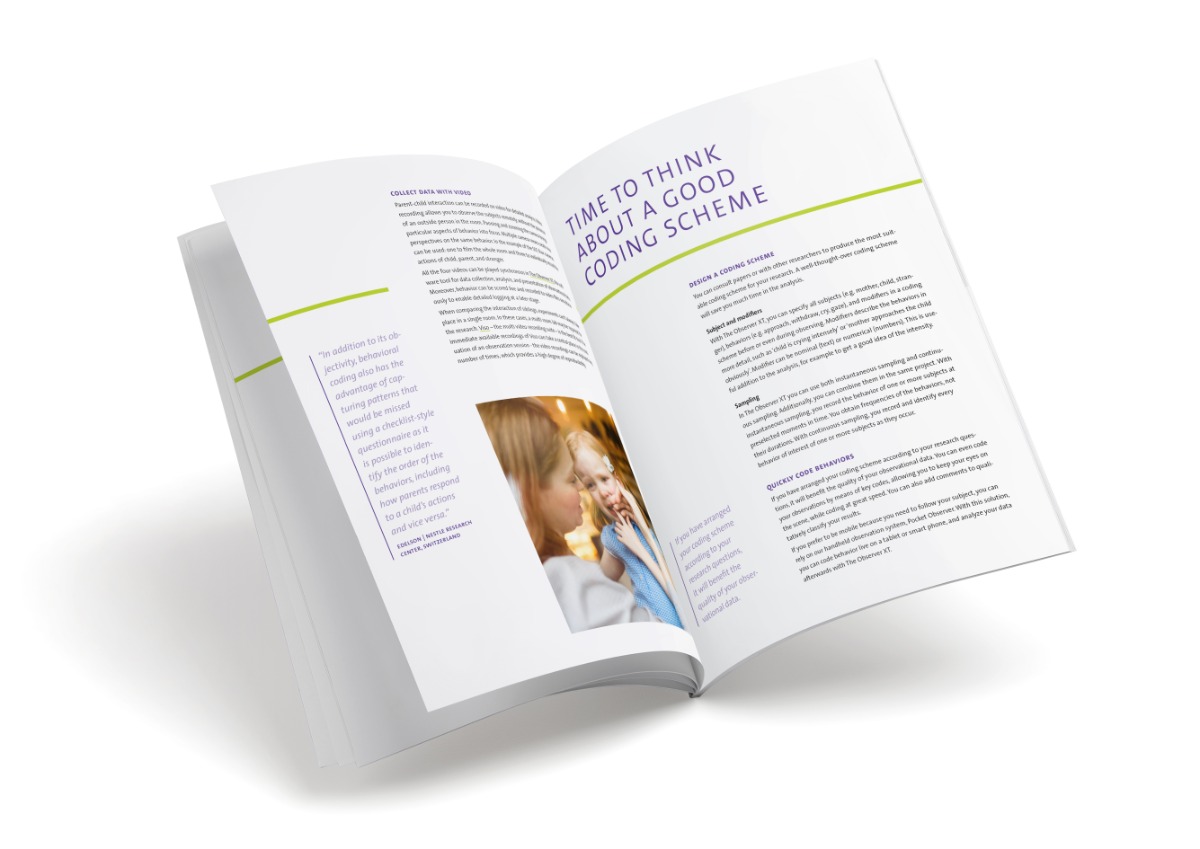
In-home video recordings provide measure for more objective comparisons
Who doesn’t know Jo Frost, A.K.A. the Super Nanny[1]? Her television show has aired across Europe, the UK and the US; currently, she is starring in a Netherlands-based version, where she visits Dutch families. Although I don’t have any kids, I watch this show quite regularly with great interest to see how families function.
This super nanny keeps telling parents that children also have to eat healthy as part of her program to correct poor behavior. Many parents forget how proper nutrition can influence behavior. But many parents then ask: how do we get our kids to eat more fruits and vegetables?
How in-home video recordings provide accurate measure and allow for more objective comparisons
Eating healthy
Lisa Edelson and colleagues[2] from the Nestlé Research Center in Sweden studied how parents’ prompts to eat fruits and vegetables are related to children’s intake of these foods. They are convinced that a better understanding of this process will help promote healthy eating habits.
As the best place to look at typical eating behavior is in the home, not in a lab setting, Edelson and her colleagues studied parent-child interactions during meal time using in-home studies.
Unobtrusive observations
Seventy-five families participated in the study. They were given two video cameras and were instructed to video record each occasion over the course of two days when their toddler ate or drank. No researcher was present in order to disturb the natural setting as little as possible.
In studies like these, videos taken in an in-home study need to be stored with great attention; therefore, videos were gathered and stored safely, on a password-protected sever.
Behavioral analysis
Afterwards, the researchers from Nestlé analyzed the videos and coded behaviors of interest using in The Observer XT software. This type of systematic coding allowed them to look at patterns that would be missed using a checklist-style questionnaire. It also created the possibility to identify the order of behaviors, including how the parents responded to the child’s actions and vice versa.
Getting food into your child
Results from this study suggest that many parents were generally most concerned with getting food into their children. Better something then nothing right?
However, results indicate otherwise. On the list of no-go areas there is the ‘reward your child with a sausage’ (freely translated) technique. Edelson and colleagues explain that parents who offered other food as a reward for eating the less desirable food were found to be the least successful.

The study showed that children were easily distracted by this other food reward and wanted it immediately. Therefore, this is a technique to be discouraged.
According to the researchers, parents who gave neutral prompts such as ‘eat your peas’ or ‘try your hot dog’ with a neutral or positive tone of voice were most successful. Children who ate the most vegetables had parents who used more ‘reasoning’ prompts, explaining to the child why they should want to eat the food.
Edelson and colleagues explain that this may have an effect on internalized motivation to eat these foods, and they recommend researchers to look into this effect in a future study.
In-home video recordings
The way this research was carried out has great advantages compared to questionnaire-only research. Questionnaire formats may be limited in measuring parents’ use of specific feeding practices.
It is important for researchers to learn about these feeding practices, which are specific behavioral strategies parents use to control what, how much, or when their child eats, such as pressure to eat, restricting foods, or making foods available in the home.
As we know that self-report can be unreliable, studies that only collect this type of data after the fact, and not during meal time, may be missing certain aspects of feeding practices.
In this case from Nestlé, behavioral observation provided the researchers a more accurate measure and allowed for more objective comparisons between participants.
Lisa Edelson and colleagues tell us: “In addition to its objectivity, behavioral coding also has the advantage of capturing patterns that would be missed using a checklist-style questionnaire as it is possible to identify the order of the behaviors, including how the parents responded to the child’s actions and vice versa”.
Home invasion? I don’t think so
By using portable recording devices, Edelson and colleagues were able to observe these parent-child interactions in natural settings without, and I quote “the disruptive influence of having observers physically present in the room”.
I’ve learned from my colleague Xandra (who just blogged about Quantifying Ethnography) that ethnographic research with a researcher present in a home situation is quite normal but for many researchers today, IP cameras or even cameras integrated in tablets or mobiles phones are the best way to follow their respondents’ every move.

References
- http://www.jofrost.com
- Edelson, L.R.; Mokdad, C.; Martin, N. (2016). Prompts to eat novel and familiar fruits and vegetables in families with 1-3 year-old children: Relationships with food acceptance and intake. Appetite, 99, 138-148.
Get the latest blog posts delivered to your inbox - every 15th of the month
more

Measuring consumer choice behavior
Two recent projects provide new insights into how best to measure the choices that we make.
Design your own product: consumer experience and abandonment behavior
Researchers Krause and Franke studied how our experiences change while designing our own products. How do these experiences influence whether we finish a product or abandon the process?

